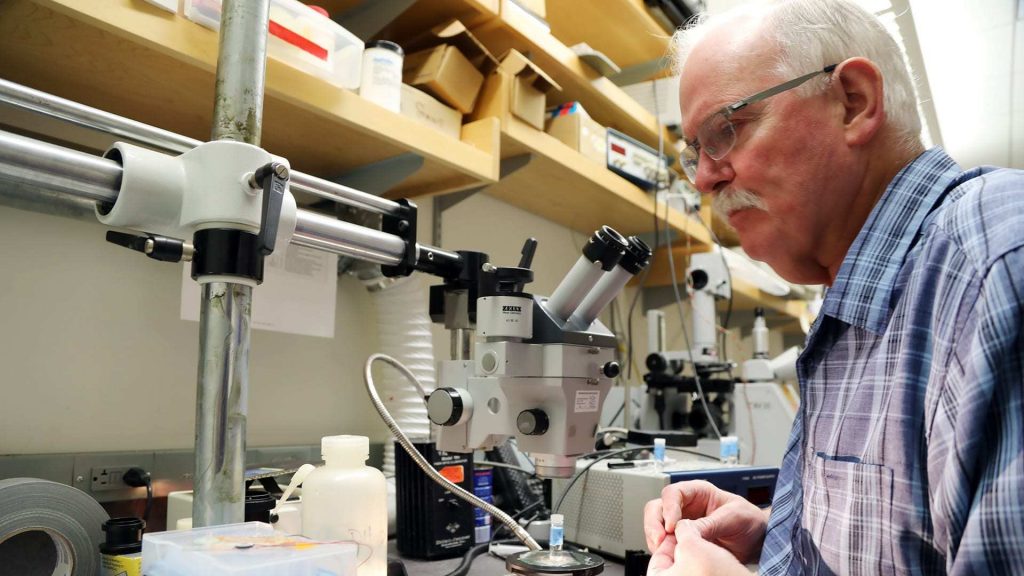Study Looks at Microplastics in Wastewater

Micro- and nanoplastics present a ubiquitous problem for marine organisms, yet little is known about how to manage them at one of the main sources – wastewater treatment facilities.
Woods Hole Sea Grant funded Dr. Scott Gallager of WHOI and his team as they looked into the issue and they found high concentrations of micro- and nanoplastics near wastewater treatment plant effluent outfalls in several locations across the state, indicating that more may need to be done to eliminate micro- and nanoplastics in wastewater effluent.
Microplastics (particles between 5mm and 1micrometer) and nanoplastics (less than 1 micrometer), enter the ocean directly as consumer products (plastic beads, toothpaste) or through the degradation of larger plastics. Municipal wastewater is a source of microplastics and nanoplastics to the marine environment; however, not enough information is known about the characteristics of microplastics/nanoplastics in effluent (e.g. size, shape, density, surface area, sinking speed, and load) to make informed decisions on how to properly manage microplastics in wastewater effluent.
In response, Gallager and his team sampled two outfall pipes for micro- and nanoplastics. At the surface, ~700 thousand to 1.2 million particles/m3 cubic meter were found. Near bottom, higher concentrations (1.7 to 3.4 million particles/m3) were detected. A third sampling focused on the treatment plant that serves Boston, Massachusetts, and given the concentration of microplastics observed in the treated wastewater, approximately 10 to 25 billion plastic particles are expelled per day from the facility.
To learn more about Gallager's work visit our website and for details on microplastic research at WHOI, visit the marine microplastics website.
